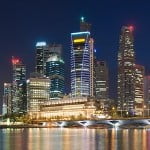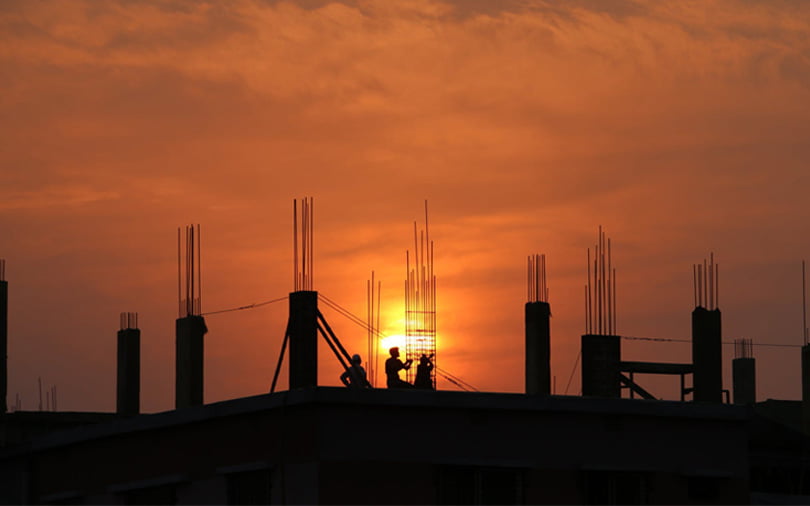
The total value of developed real estate worldwide reached US$217 trillion in 2015, making up some 60% of mainstream global assets, a new analysis shows.
The value of global property in 2015, including commercial, residential, forestry and agricultural land amounted to 2.7 times the world’s GDP, according to calculations by international real estate adviser Savills.
It means that real estate represents an important store of national, corporate and individual wealth with residential property accounting for 75% of the total value of global property.
‘To give this figure context, the total value of all the gold ever mined is approximately US$6 trillion, which pales in comparison to the total value of developed property by a factor of 36 to one,’ said Yolande Barnes, head of Savills world research.
‘The value of global real estate exceeds by almost a third the total value of all globally traded equities and securitised debt instruments put together and this highlights the important role that real estate plays in economies worldwide,’ she pointed out.
‘Real estate is the pre-eminent asset class which will be most impacted by global monetary conditions and investment activity and which, in turn, has the power to most impact national and international economies,’ she added.
The report explains that in recent years, quantitative easing and resulting low interest rates have suppressed real estate yields and fuelled high levels of asset appreciation globally. Investment activity and capital growth has swept around the major real estate markets of the world and led to asset price inflation in many instances.
Overall, the biggest and most important component of global real estate value is the homes that people live in, totalling US$162 trillion. The sector has the largest spread of ownership with approximately 2.5 billion households and is most closely tied with the fortunes of ordinary people.
Residential real estate value is broadly distributed in line with the size of affluent populations and China accounts for nearly a quarter of the total value, containing nearly a fifth of the world’s population. Yet the weight of value lies with the West. Some 21% of the world’s total residential asset value is in North America despite the fact that only 5% of the population lives there.
The analysis reveals that the trend for western nations to dominate real estate is most pronounced in commercial markets, where nearly half of the total asset value resides in North America. Europe makes up over a quarter while Asia and Australasia contain 22%, leaving just 5% for South America, the Middle East and Africa.
Not included in the global calculation is the value of informal neighbourhood commercial properties: workshops, workspaces, shops and small business premises which are not part of the high quality commercial real estate universe that constitutes global property markets, but which are important components of economic growth and prosperity, especially in emerging markets.
The report explains that they are almost impossible to value at a global level but have huge potential for future investment as economies mature and real estate markets develop within them, adding to the global stock.
This year, for the first time, the value of agricultural land and forestry is also included in the Savills measurement of total world real estate at an estimated US$26 trillion, of which around 30% is corporately and institutionally invested.
Most agricultural and forestry land is owned by non-investing entities, operators and occupiers, especially in emerging economies where this is a sector with great potential for further growth and investment.
[SOURCE :-propertywire]



